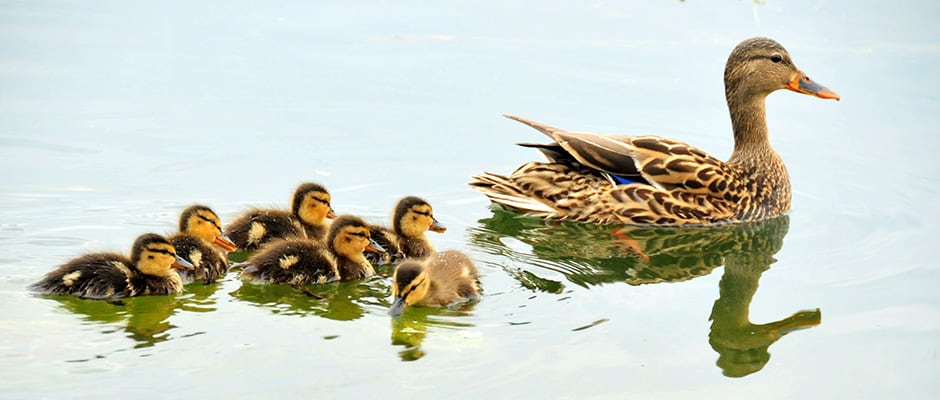Share this article
Waterfowl Numbers Remain Strong This Year
Overall waterfowl population numbers in the United States and Canada have remained strong this year, based on the U.S. Fish and Wildlife Service report on 2015 Trends in Duck Breeding Populations released this month.
The report, a compilation of data from surveys conducted in May and early June by USFWS and the Canadian Wildlife Service, showed that the duck numbers in the survey area — including areas such as Alaska, Alberta and Montana, and many others — is similar to survey numbers from last year, continuing the trend of a strong waterfowl population.
“We are fortunate to see continued high overall duck populations in North America’s breeding areas this year,” said Ducks Unlimited CEO Dale Hall in a press release. “Though conditions were dry in some important habitats, we had large numbers of birds returning this spring and good conditions in the Boreal Forest and other areas of Canada.”
The total number of breeding ducks in the traditional survey area is 43 percent above the 1955-2014 long-term average. Further, it’s the highest count on record, with last year’s population estimated at 49.2 million birds and this year’s at 49.5 million birds. For example, the survey estimates that there are 11.6 million mallards (Anas platyrhynchos), which is similar to the 2014 estimate but 51 percent above the long-term average. Other waterfowl surveyed include Gadwall (Anas strepera), American wigeons (Anas Americana), and American black ducks (Anas rubripes).
“It looks like some typical prairie nesters skipped over the U.S. prairies and took advantage of good conditions farther north.” Hall said. “This is an important reminder about the critical need for maintaining abundant and high-quality habitat across the continent. But the Boreal is under increasing threats from resource extraction.”
In order for duck breeding to succeed, there must be proper wetland and upland habitat conditions in the breeding landscapes of the prairies and the Boreal Forest. The results of the report show that conditions in the U.S. and Canadian survey areas were drier than last year. However, the breeding population numbers were able to remain strong.
“An early spring balanced with poorer habitat conditions was apparent in this year’s survey,” said Ducks Unlimited Chief Conservation Officer Paul Schmidt in a press release. “In addition to reduced precipitation over the winter and early spring, we have lost critical nesting habitat with the decrease in Conservation Reserve Program lands and continuing conservation of habitat to agricultural production across the U.S. prairies.”
While these issues haven’t had much impact on the overall breeding waterfowl numbers this year, Schmidt said it is important to pay attention to these trends and what they might mean for the future.
“We have experienced good moisture in the prairies and liberal bag limits for more than two decades,” he said. “Continuing habitat losses and drier conditions have the potential to change this scenario in the future.”
Header Image:
A brood of six mallards ducklings follow their mother hen. A report earlier this month showed that mallards are one of the waterfowl species surveyed that have had strong population numbers this year.
Image Credit: Tom Koerner/USFWS








